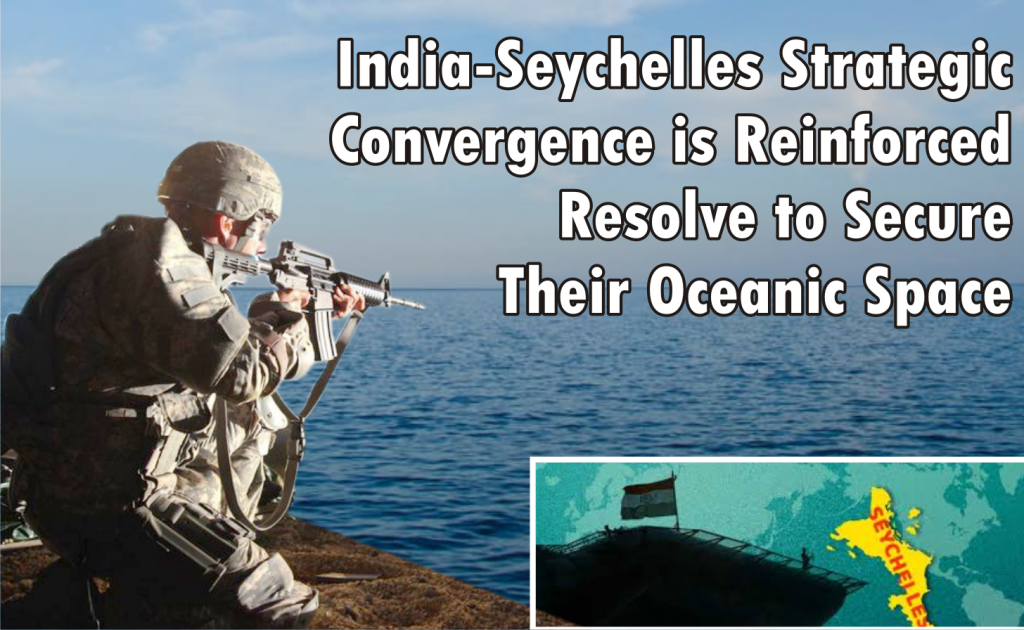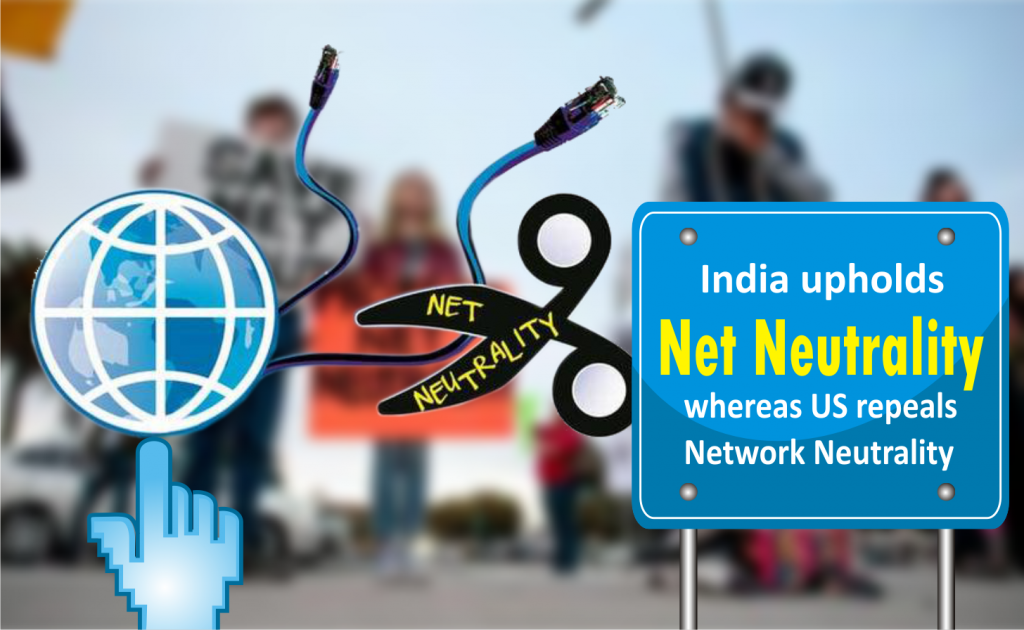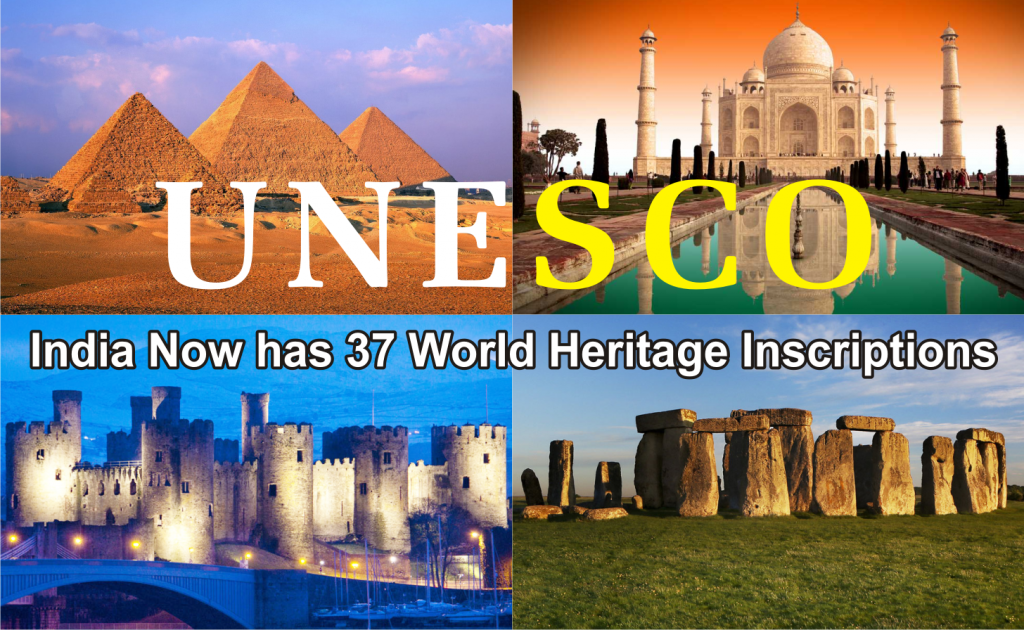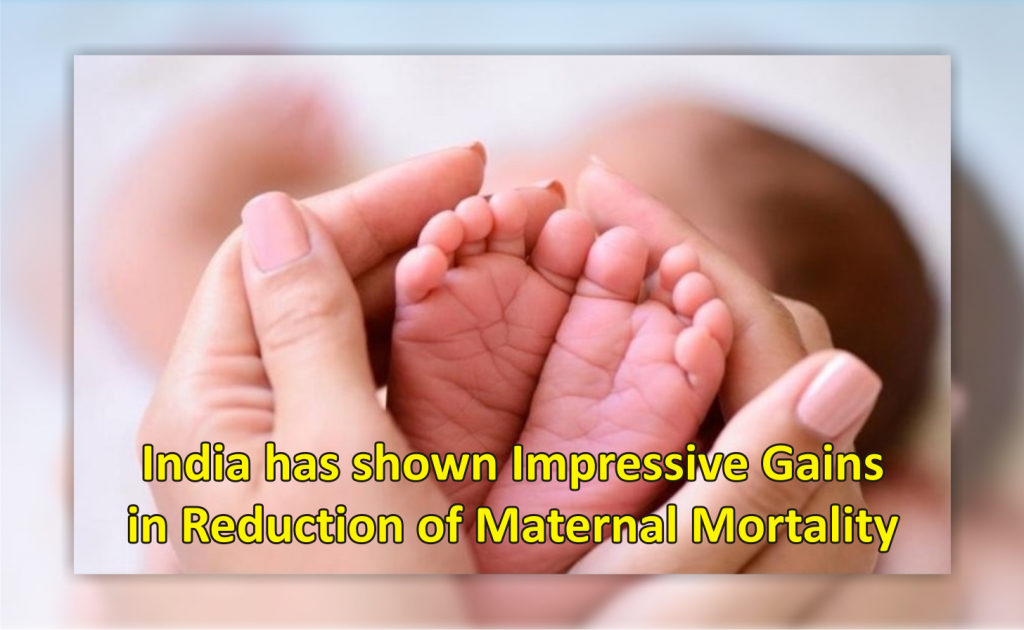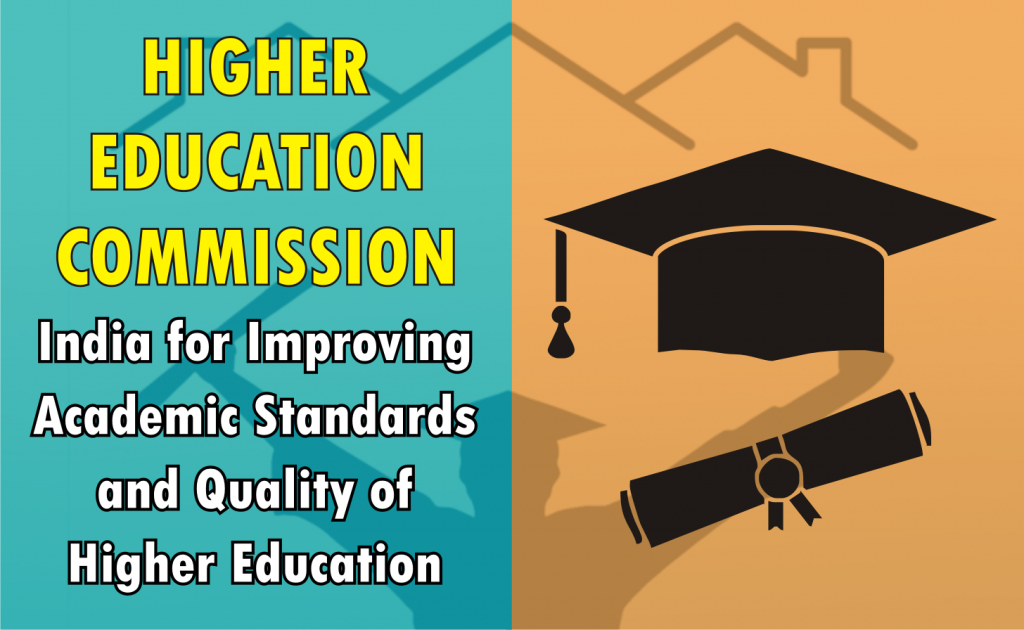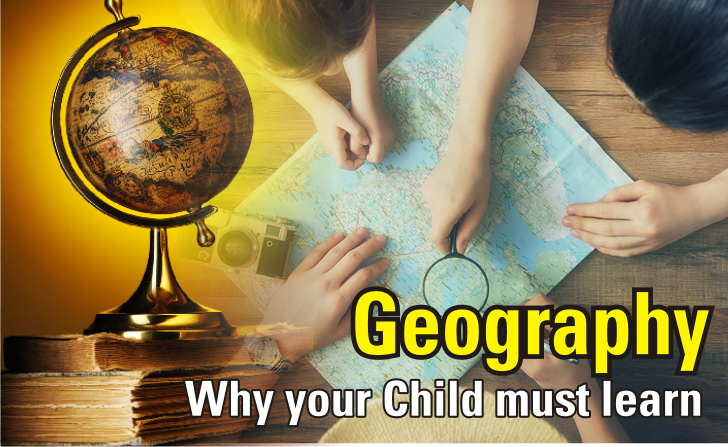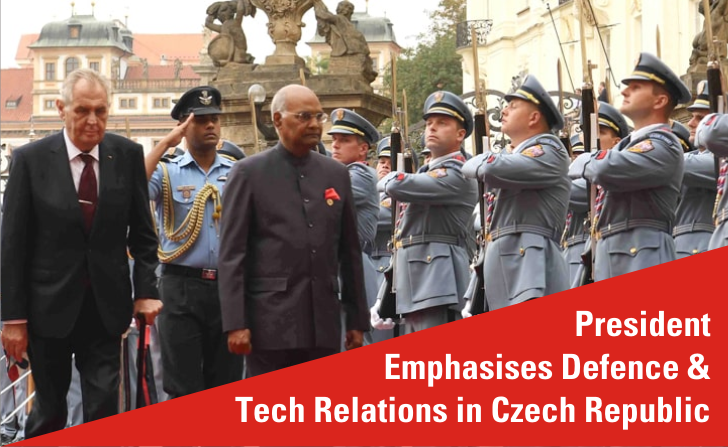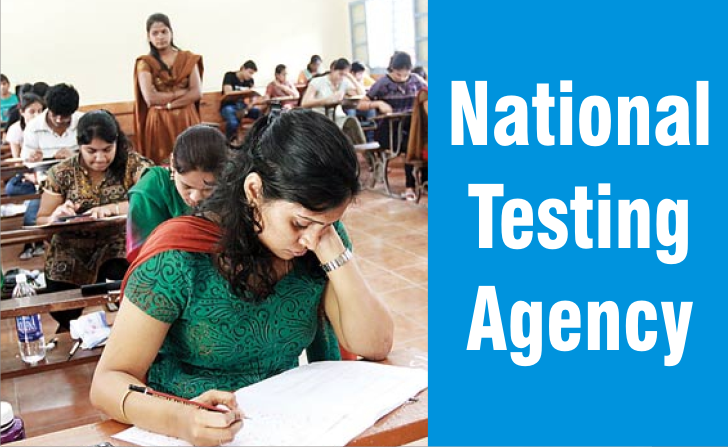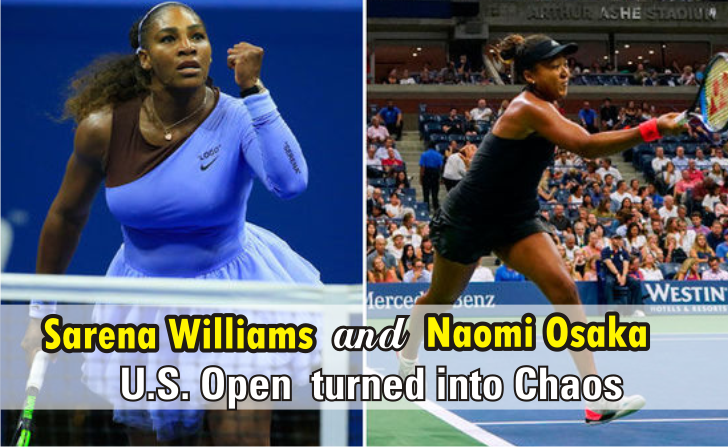India and Seychelles agreed to work together on Assumption Island project based on each other’s rights and signed multiple MoUs in the fields of data sharing, culture, information technology and education on June 25, 2018, during six-day visit to India of President of Seychelles, Danny Antoine Rollen Faure, from June 22. Prime Minister Narendra Modi announced that India is offering USD 100 million credit to Seychelles to buy military hardware from India. India gifted second Dornier maritime patrol aircraft built by the Hindustan Aeronautics Limited (HAL) to Seychelles on June 26. Do-228 aircraft will be flown at the 42nd Independence Day celebrations of Seychelles on June 29. The Dornier is equipped with a 360-degree surveillance radar, a forward-looking Infra-red system, satellite communication, a traffic collision and avoidance system and an enhanced ground proximity warning system, among others. The aircraft would help to bolster the coastal maritime surveillance of Seychelles and monitoring of its extensive Exclusive Economic Zone, besides pollution monitoring and control, search and rescue and commuter services.
Prime Minister Modi held crucial bilateral talks with Seychelles President Danny Faure. In a joint statement the two leaders called for strengthening bilateral defence relations and expanding trade. Modi terming the talks very meaningful said that since independence of Seychelles in June 1976:
- Both the democratic countries have special relations, are key strategic partners and share equally geo-strategic vision of maintaining peace, security and stability in the Indian Ocean.
- Sustainable development of ocean economy in the secure maritime environment is very important for the prosperity of our citizens.
- Only by successfully confronting conventional and non-conventional threats, we can take advantage of opportunities provided by the ocean.
- Reiterated commitment to working jointly to take full advantage of ocean based Blue Economy.
- India and Seychelles are connected to the Indian Ocean.
- There is a deep strategic convergence on cooperation between us to deal with maritime challenges.
- We agree to work together on the basis of each other’s interests in relation to the Explosion Island Project.
- We are widely collaborating to undertake hydrography surveys to improve the availability of navigation charts.
- Under the Special grant, India is ready to finance three civilian infrastructure projects in Seychelles. These include Government House, new Police Headquarters and Attorney General’s Office
Modi congratulated the President Danny Faure, on Seychelles having achieved the highest Human Development Index in Africa and having emerged as one of the leaders of Blue Economy.
Seychelles President Danny Faure, Striking the notes of friendship!, showcased his vocal skills at Hyderabad House in New Delhi with a rendition of a song named “Mon Pei Sa” at a lunch hosted by Prime Minister Modi on June 25.
President of India, Ram Nath Kovind, hosted a banquet in honour of President of Republic of Seychelles Danny Antoine Rollen Faure, at Rashtrapati Bhavan on June 26 and said that India and Seychelles need to work together as partners in strengthening the regional architecture of the Indian Ocean. India has a robust defence, security and strategic cooperation with Seychelles. India-Seychelles strategic convergence has reinforced the resolve to secure their oceanic space, in the region and beyond. India views the Indian Ocean and the Pacific as a contiguous construct sharing similar economic opportunities and security challenges. Our vision is for a free, open, peaceful, prosperous and inclusive Indo-Pacific region, based on a rules-based order and respect for sovereignty and territorial integrity.
Indian Prime Minister Modi, during a visit to Indian Ocean Rim (IOR) countries in March 2015, had announced the ambitious project, ”SAGAR’, Security and Growth for All in the Region, to boost India’s influence in Indian Ocean and strengthen ties with IOR nations. Modi unveiled a plaque during the dedication of the India-Seychelles cooperation project ‘Coastal Survillence Radar System’ in Mahe, Seychelles in March 2015.
Assumption Island deal, an agreement allowing India to build a naval base on the strategically located island of Assumption, a crucial part of India’s maritime strategy SAGAR, was signed during PM Modi’s Seychelles visit in March 2015, in which India’s main motive was to counter China’s increasing presence and securitisation of the Indian Ocean Region:
- India’s primary objective for setting up a joint naval facility in Assumption was to ensure the safe passage of shipping vessels and containers in the southern Indian Ocean Region.
- Another important objective was to allow Indian Navy to monitor the Mozambique Channel and thwart any piracy attempts since much international trade transits through this region.
- This agreement was also supposed to help Seychelles patrol its 500000 square-miles exclusive economic zone for illegal fishing, drug trafficking and piracy, and its ratification would have made India’s relationship with Seychelles truly strategic.
The Assumption Island deal, however, could not be ratified by the Seychelles parliament during the term of the then president, James Michel. Following Faure’s coming to power in late 2016, the re-negotiated agreement was signed on January 27, 2018 by India’s then foreign secretary, S Jaishankar, during his Seychelles visit. The Indian project was to include facility for Indian ships and an airstrip that would allow New Delhi to guard the energy lanes vital to India’s economy.
Opposition members in Seychelles Parliament accusing the Faure government of undermining the country’s interests, argued against allowing India to build the naval base on the strategically located island of Assumption, saying it would infringe on the country’s sovereignty. Civil society activists urged the government to remain non-aligned and avoid tilting towards either India or China. Faure then clarified in the parliament that no compromise had been done on the Assumption Island, which “belongs to Seychelles and Seychellois”. President Faure, ahead of his visit to India, in a press conference on June 4, 2018 had said that the joint project with New Delhi to develop a naval base at Assumption Island in his country would not move forward.

